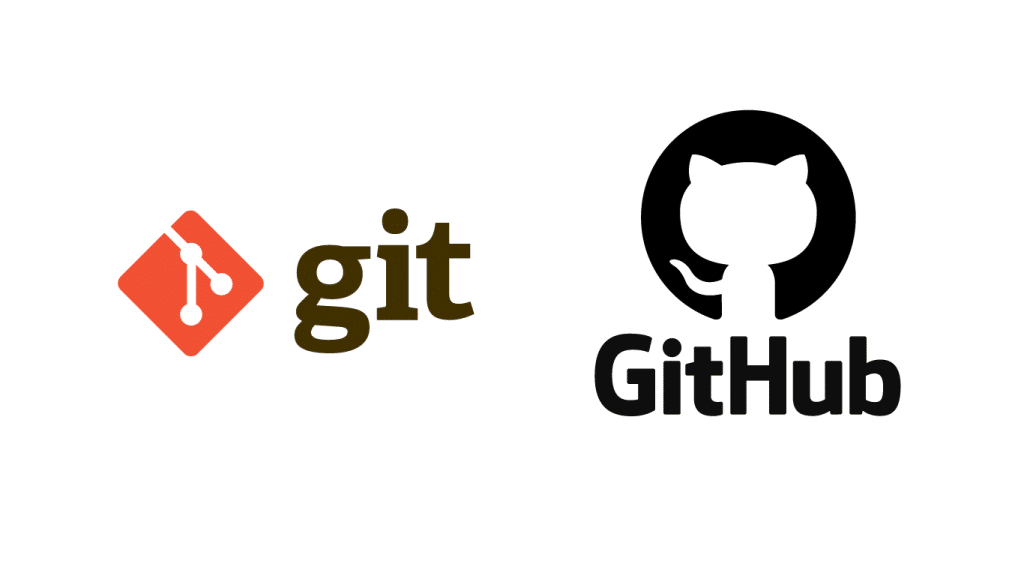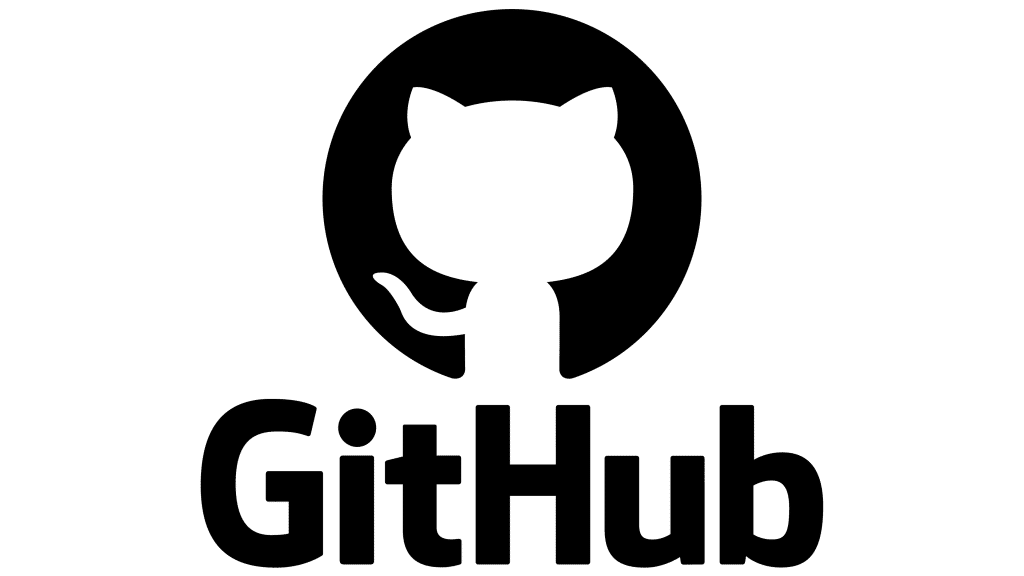Git It is a fundamental tool for the source code managementused by programmers of all levels. Developed by Linus Torvalds in 2005, allows you to track changes in your code and offers powerful features for collaboration between team members. In this article, we will explore the basic principles by Gitits workflow, and some of the best practices to adopt to maximize productivity.
Getting started with Git
The first step to using the software is to install it on your system. You will need to download the latest version from the official website and follow the installation instructions specific to your operating system.
Once the installation is complete, it is important to configure Git with your username and email address, which will be associated with the changes you make. You can do this by running the commands by typing the name of the app and then config --global user.name "Il Tuo Nome" And git config --global user.email "tuo@email.com". Once configured, you can create a new repository with the command git initthus creating a new project folder to work on.
The typical workflow consists of a few basic steps: editing files, indexing the changes, and finally committing them to the repository. When you make changes to a file, the software doesn’t immediately record them.
To make these changes part of your project, you use the command git add to add the modified file to the staging area. Afterwards, you can commit the changes with app name and commit -m "Messaggio che descrive le modifiche". This last command creates a “snapshot” of the changes you made, allowing you to revert to this version at any time. It is useful to practice frequent committing, keeping messages clear and descriptive to make it easier to understand the changes over time.

Other features
Another important feature is the ability to work with branches, which allows you to develop new features without altering the production code. For example, you can create a new branch with git branch nome_del_branch and switch to that branch with the software name added to it checkout nome_del_branch.
This allows you to work on new features in isolation, without impacting the stability of the main release. Once you have completed work on a branch, you can “merge” it into the main branch (often called main or master) with the name of the control software and then checkout main followed by the name of the app then merge nome_del_branch. It is good practice to do a code review before merging to ensure code quality.

Conclusions for making the most of Git
Finally, for collaborative projects, It is good practice to use a hosting platform for the programsuch as GitHub, Lab, or Bitbucket. These tools not only offer a graphical interface to manage repositories, but also provide features for issue tracking, code review, and continuous integration. Remember to regularly synchronize your local repository with the remote one using the commands git pull to download updates and git push to upload your changes. By adopting these practices and understanding the underlying principles, developers can significantly improve their productivity and code quality in programming projects.
#Git
